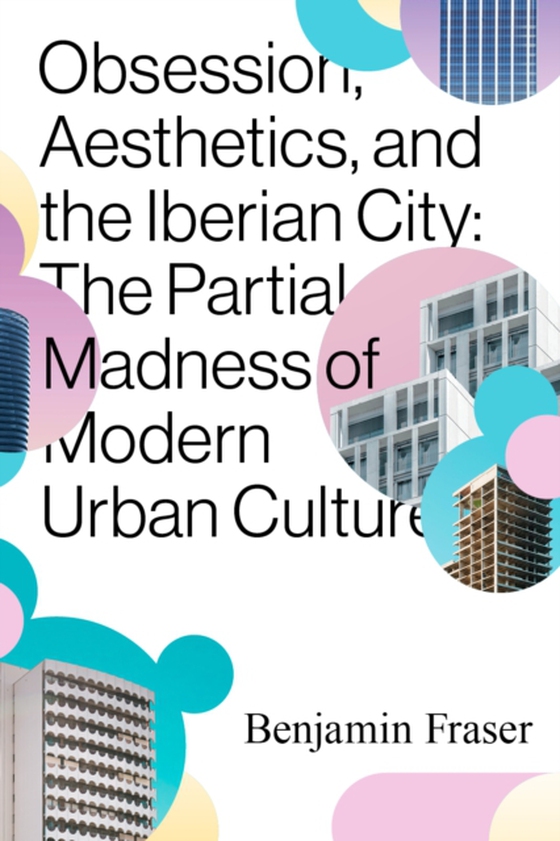
Obsession, Aesthetics, and the Iberian City e-bog
253,70 DKK
(ekskl. moms 202,96 DKK)
Although many depictions of the city in prose, poetry, and visual art can be found dating from earlier periods in human history, Obsession, Aesthetics, and the Iberian City emphasizes a particular phase in urban development. This is the quintessentially modern city that comes into being in the nineteenth century. In social terms, this nineteenth-century city is the product of a specialist class...
E-bog
253,70 DKK
Forlag
Vanderbilt University Press
Udgivet
17 januar 2022
Længde
258 sider
Genrer
1DSE
Sprog
English
Format
epub
Beskyttelse
LCP
ISBN
9780826502391
Although many depictions of the city in prose, poetry, and visual art can be found dating from earlier periods in human history, Obsession, Aesthetics, and the Iberian City emphasizes a particular phase in urban development. This is the quintessentially modern city that comes into being in the nineteenth century. In social terms, this nineteenth-century city is the product of a specialist class of planners engaged in what urban theorist Henri Lefebvre has called the bourgeois science of modern urbanism. One thinks first of the large scale and the wide boulevards of Baron Georges von Haussmann's Paris or the geometrical planning vision of Ildefons Cerd's Barcelona. The modern science of urban design famously inaugurates a new way of thinking the city; urban modernity is now defined by the triumph of exchange value over use value, and the lived city is eclipsed by the planned city as it is envisioned by capitalists, builders, and speculators. Thus urban plans, architecture, literary prose and poetry, documentary cinema and fiction film, and comics art serve as windows into our modern obsession with urban aesthetics. This book investigates the social relationships implied in our urban modernity by concentrating on four cities that are in broad strokes representative of the cultural and linguistic heterogeneity of the Iberian peninsula. Each chapter introduces but moves well beyond an identifiable urban area in a given city, noting the cultural obsession implicit in its reconstruction as well as the role of obsession in its artistic representation of the urban environment. These areas are Barcelona's Eixample district, Madrid's Linear City, Lisbon's central Baixa area, and Bilbao's Seven Streets, or Zazpikaleak. The theme of obsessionwhich as explored is synonymous with the concept of partial madnessprovides a point of departure for understanding the interconnection of both urbanistic and artistic discourses.
 Dansk
Dansk

